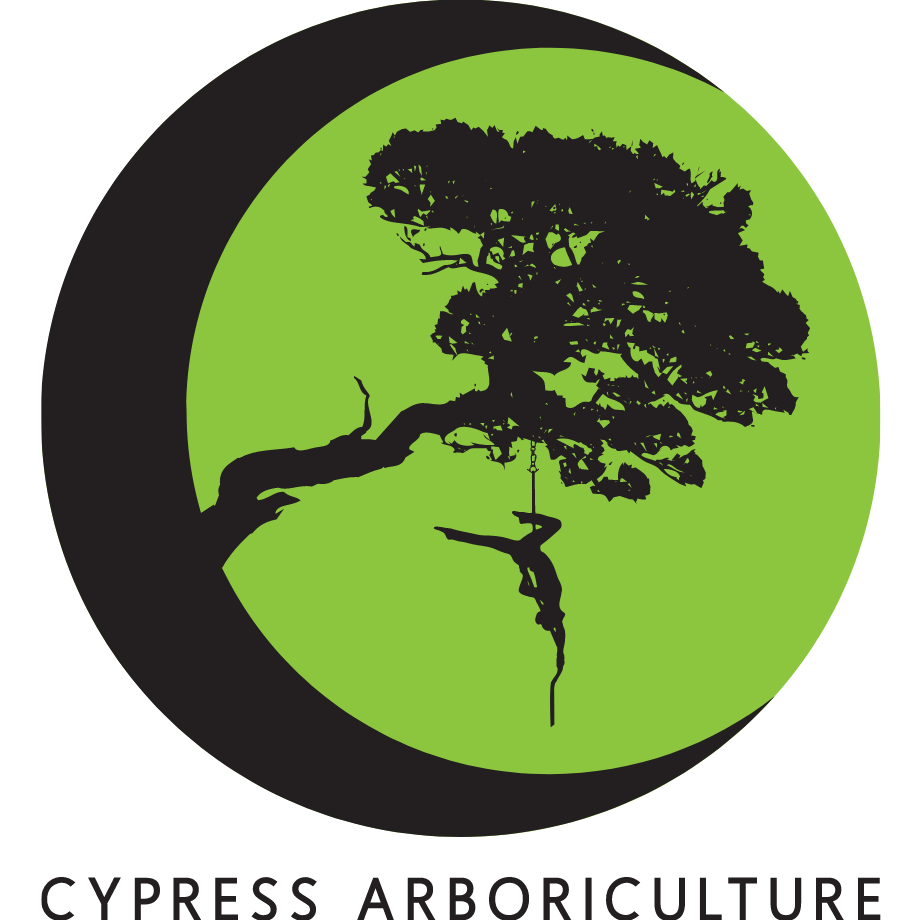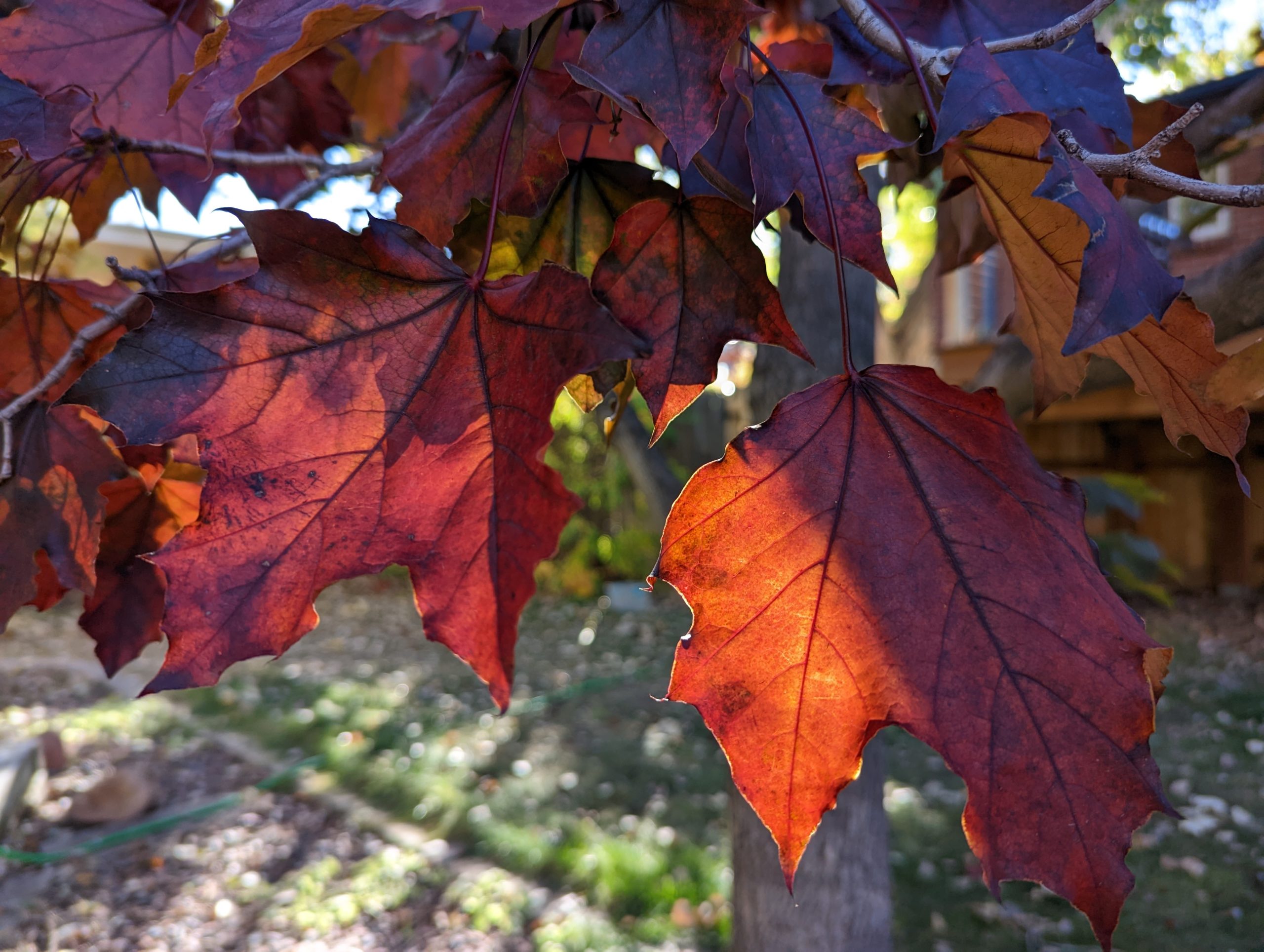Why I reject pruning to expose a pretty view
A recent discussion via Instagram has sparked some serious thought. The picture is taken from the top branches of a smallish Cottonwood in Denver’s Highlands neighborhood. I was called in to remove the tree because it had exposed decay from the top 20% down to its base, and you could see daylight between the root flares. The decay was bad enough that the City had put the homeowner on notice for a tree which wasn’t even in the right-of-way. This is rare in Denver when there aren’t public resources such as power lines or roadways at risk.
My assessment, once I’d climbed most of the way up, was that it had certainly been subjected to severe heading in order to reduce its height at least once in its life. Heading, coupled with probable root flare damage from mowers and string trimmers (the infamous “toro blight”) had been too much for the Cottonwood to mitigate. It was making a valiant effort, but the decay had spread more rapidly than the tree could compartmentalize it.
After the removal, I posted to my @cypressarbor account on Instagram, and shortly thereafter received a comment from an arborist practicing somewhere on the west coast. He pointed out that whether trees can survive such treatment is species specific, and that he often topped cedar trees in his region for viewshed pruning (lowering the height of a tree to expose a desirable vista). He stated that those trees went on, with regular maintenance, to live healthy lives.
Here in the Front Range, I was trained that topping was never an option. I learned that heading cuts (as opposed to directional reduction cuts) were only for extreme circumstances – such as when leaving an overextended leader would destabilize the structure of the tree and to remove the entire limb would inflict too large a wound. Heading cuts are a tool in our arsenal, but one to be used extremely sparingly. They cause trees to release fast-growing, weak sprouts from dormant buds. Heading causes a direct vector for decay which is very difficult for the tree to compartmentalize, as there is no barrier zone available as with a reduction cut or branch removal cut. Without covering the entire Alex Shigo library, suffice it to say that trees don’t like heading cuts made in live wood.
There are certainly situations where Mother Nature can inflict such wounds – storms, insect and squirrel damage – and trees go on. We have all seen the trailside Fir which has blown down and sprouted a new trunk, or the Ponderosa clinging to life with multiple, twisted tops, rocks gripped in its gnarled roots. They appear to be living long, “healthy” lives, but I would maintain that these trees are somehow different from the ones we’ve entrusted to our care.
The analogy I like to draw is that of domestic versus wild dogs. Wild canines are subjected to the trials of living in the open. They’re frequently carriers of low-level chronic diseases, they are injured in fights, while hunting and by freak accidents. Wild dogs do not have access to veterinary care, and while they live a “long, healthy life,” it’s certainly a different life to the one lived by the average domestic dog. By contrast, our canine companions are fed every day, treated when they’re ill and taken to the vet when they get injured. Few people would argue that it’s ethical to allow a dog’s wounds to fester, much less to INFLICT major wounds for our own goals.
Trees around our homes are like domestic dogs. We’ve brought them into our sphere of influence for their beneficial qualities. Often they are introduced and cultivated species, or we’ve put ourselves in their habitat by building our homes in forests. With that interference, we’ve made ourselves responsible for their care. This means we’re responsible for keeping them stable, providing them with the proper water and nutrients and generally mitigating the effects of living in close proximity to human activity.
Here’s where the discussion gets sticky – I question whether it is ethical to lower the height of a tree for something as frivolous as a picture window view. Even if the species reacts well enough to such treatment, the tree still goes into “crisis mode” attempting to fix the damage. It sprouts new tops and deploys chemical barriers. The tree releases stress chemicals and reallocates energy responding to damage WE have caused. In the case of viewshed pruning, the top of the tree has been removed not to accomplish a safety goal such as fire mitigation, or a stand-health goal such as giving a more desirable tree room to spread. It has been “beheaded” in the name of aesthetics. Is it fair to purposely INFLICT such damage to a tree without extenuating circumstances? –As an aside, ISA certified arborists sign a code of ethics prohibiting topping trees when they receive their certifications. Whether that code makes it into daily practice is an open question.
I’ve had my own struggles with this question over the course of my career. As in any case where we put ourselves in charge of another species, things quickly become very complex. There are no thin red lines in tree care, and arboriculture is as much art as science. I’ve reduced the height of Crabapples and bonsai pruned Pines and Junipers. I’ve also refused to “round over” a tree at a client’s request and argued at length against making heading cuts on branches in order to even out the shape of a tree. In each case, I’ve felt justified (if sometimes conflicted) in my pruning decisions after some considerable thought.
For my part, I can’t justify viewshed pruning in my arboricultural practice. While I certainly understand the position of tree care professionals who have to weigh a client’s insistence against their own ethics, I feel that it’s Cypress’s place to educate clients and stand against practices they might not understand. Faced with a client who simply must disfigure their trees in order to gain a multimillion-dollar view, I feel quite confident in walking away from the job. For me, this career path is about much more than making money. It’s about stewardship and careful consideration of the needs of trees, sometimes at the expense of certain human values. Aesthetics do not justify “horti-torture” in my book. Hopefully that idea becomes a bit more widespread as the intrinsic value of trees gains traction in the mind of an increasingly urban society.


